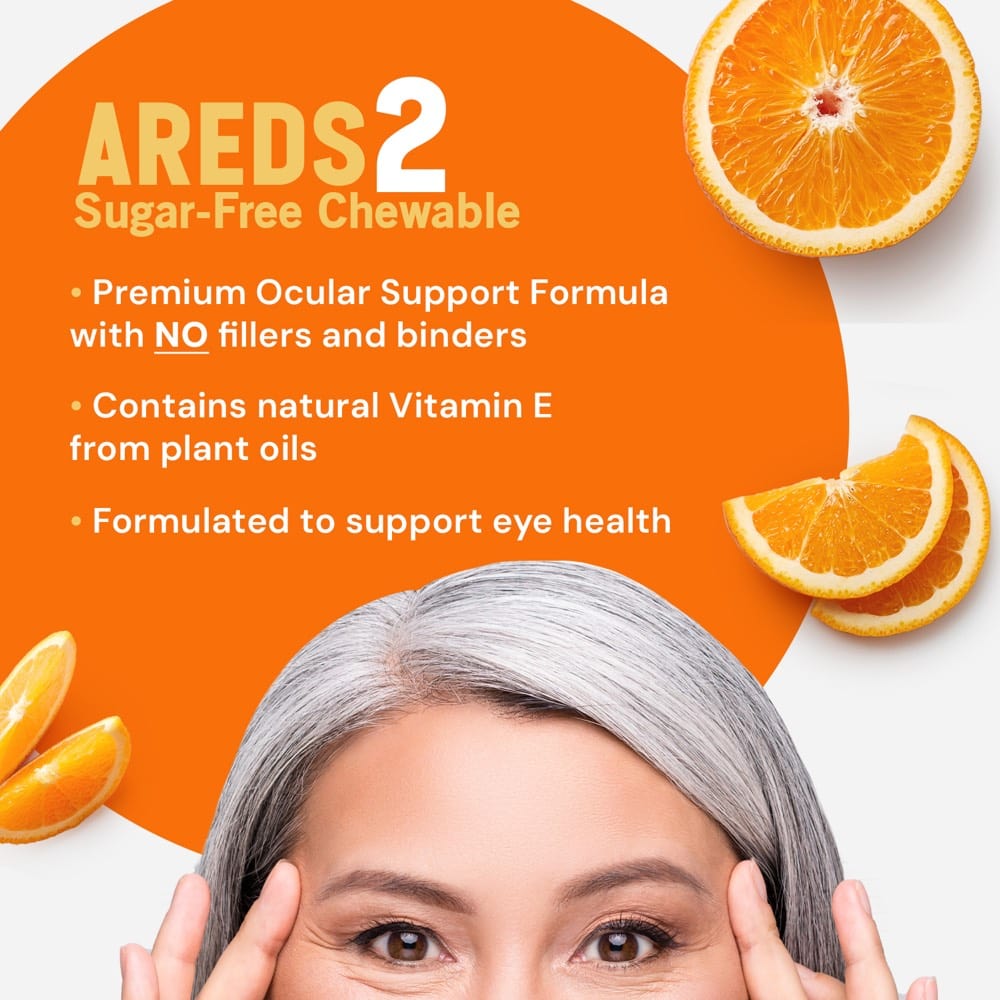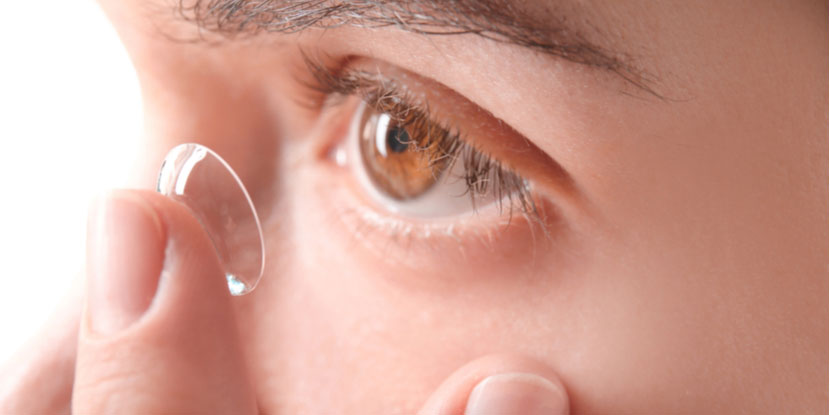Certain vision problems are relatively common and sometimes temporary, but nonetheless frustrating. Others can be indicative of a more serious eye ailment.

Flash blindness
This sight impairment happens when a burst of bright light overpowers the eyes, generally causing a temporary inability to see, followed by visual spots that fade, often within seconds or minutes. Flash blindness tends to occur after exposure to a photographic flash or an unexpected glance at the full sun, which emits harmful blue light.Glare
Similar to flash blindness, glare is a less severe version of that vision problem, with a bright light partially hindering eyesight, but usually not obscuring it completely. Glare often come from the sun being reflected off of objects or from powerful artificial illumination such as the headlights of a car.
Slow dark adaptation
When moving from a bright area to a space that has low light or no illumination at all, the eyes undergo a change called dark adaptation, and gradually adjust to the new light level. A key component in this process is a photopigment known as rhodopsin, which switches off the rod cells in the eye, allowing for better vision in bright light. In dark or dimly lit areas, rhodopsin turns the rod cells back on, but this transition usually takes a few minutes. When dark adaptation is atypically slow, the overall quality vision in these low-light environments is notably limited.
Poor contrast sensitivity
This subtle aspect of vision involves the ability to see an object against its background. Those with excellent contrast sensitivity will notice the small differences in levels of luminance when looking at an object or viewing a landscape. People with poor contrast sensitivity, however, won't see these subtleties, resulting in problems such as difficulty in driving or walking on uneven surfaces.
Lens clouding
When vision becomes blurry or cloudy, it can mean overuse of contact lenses for those that wear them. In those who don't use contacts, however, this may be the sign of a cataract, which is the clouding of the eye's normally clear lens. This condition often leads to other vision problems, including less glare tolerance and low contrast sensitivity.
Eye fatigue
Also known as asthenopia, eye fatigue or strain is a feeling of tiredness and/or dull pain in the eye itself. This tends to occur after vision has been overwhelmed by extensive bouts of computer work or reading. By briefly shifting the eye's focus to a faraway object even momentarily, this discomfort can often be relieved.
Poor visual acuity
The eye's ability to see clearly and sharply is what measures visual acuity. The fovea, a part of the central macular area of the retina, is responsible for this kind of detailed focusing. Here rod and cone cells are abundant, and healthy visual acuity is linked to high levels of macular pigment optical density (MPOD). In cases of poor visual acuity, the overall clarity of eyesight can be greatly diminished.
Managing Vision Problems
Those who have persistent eyesight problems should see a vision specialist to have their particular eye issues addressed. However, there are a number of ways to support vision health, depending on the specific issue:
Sun protection
Hats with wide, eye-shading brims and sunglasses with high levels of ultraviolet (UV) protection are effective in supporting overall vision health, and can specifically optimize the eyes to handle flash blindness and glare, as well as support ideal dark adaptation.
Cataract surgery
This kind of eye operation involves the removal of the clouded natural lens and the application of a clear replacement lens. A relatively common form of surgery, this procedure can restore clear vision to eyes with lens clouding.
Nutrition
Certain antioxidant carotenoids and anthocyanins nourish and protect the macula, optimize retinal transmission, facilitate eye health against blue light and promote lens clarity -- assisting with many common vision problems. Some of these antioxidants support vision against UV rays, allowing for optimal dark adaptation, contrast sensitivity and visual acuity.














